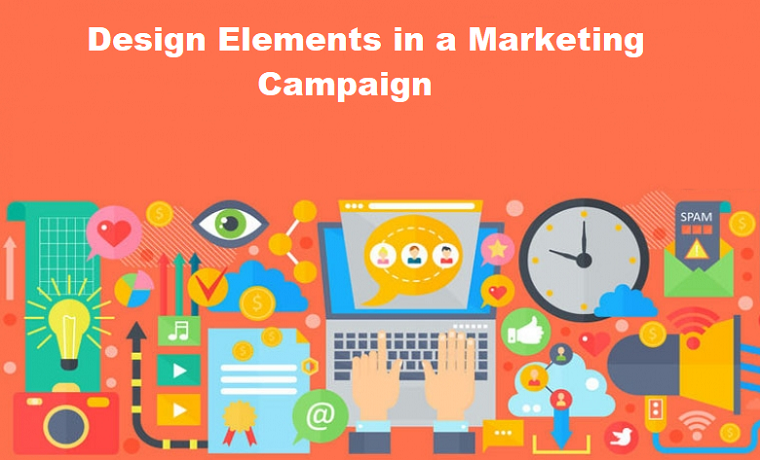Marketing is fickle. Even the smallest miscalculation can derail a campaign, which minimizes your return. In this respect, a marketing campaign is no different than a product’s development and testing processes. Understanding the principles of marketing increases the likelihood of achieving your targets, generating ROI, and being memorable to your potential customer base.
Even if you do everything right, a marketing campaign may not always succeed. From a technical standpoint, your campaign may not capture any visual attention with the colors, branding, and imagery you’ve chosen. If a campaign isn’t resonating and your images aren’t producing clicks, consider where you’re losing interest. You may need a whole new approach.
Work with a marketing communications expert like Strata Company to design the best campaign. During the design phase, ensure you do A/B testing and generate positive results before proceeding with a full-scale release. Follow these eight design elements to use in your marketing campaign:
1. Rhythm implies movement
Through the use of color, texture, line, and form, you establish a rhythm. This ideally leads the eye in a very natural way through an image. If there isn’t an inferred choreography to your marketing, it may appear too busy. A great way to establish rhythm is by the careful and intended use of repetition.
2. Your font communicates a lot
You have different font types, sizes, and attributes a la ‘bold’ and ‘italic’. A lot of brands create their own fonts based on existing favourites. The font you choose for a marketing image or campaign graphic will say a lot and must be in line with a brand’s existing typography. For example, you wouldn’t want the font of a heavy metal band for a company that does wedding décor. It just wouldn’t work!
3. Using color to invoke a response
There is a real psychology to color. Using the wrong colors may alienate your intended audience. The right colors, comparatively, will elicit the exact impact and attention you want. For example, red is a color associated with aggression while green is one associated with the environment. Different cultures assign different meanings to colors as well. It can require some research to determine what colors may best suit your target audience.
4. Consistent coloring
Just like you want the same typography across all marketing, you want consistent coloring. Customers need to know they’re in the right place. As an unknown brand, you also need repetition, repetition, and repetition to be memorable. The more a lead sees your branding, the association of color-to-brand grows.
5. Empty space allows for focus
It goes by many titles. Minimalism. Negative space. White space. Etc. This is the empty space designed around images and text. It helps a user focus on an image or text without any unnecessary distractions. In your marketing materials, adopt this same commitment to empty space. A lot of people will decide within 1.5 seconds or less whether you’re worth their time. A simple marketing message is your best approach to being heard.
6. Your center of attention
No one sits down with every marketing image they see and thinks to themselves, “How does this make me feel?” No, you have very little time. You get a quick scan. That’s it, in a lot of cases. Ensure you are breaking up content with headings and subheadings, and that your marketing images and content are properly balanced. The simpler it is to skim, the better.
Even with lots of empty space and elements floating in a marketing image, there will still be somewhere that acts as a focal point. This is where the emphasis is placed. Without a center of attention, a marketing campaign image appears monotonous which is the exact opposite of what you want. You don’t want to blend in. You want your marketing to stand out.
7. Purposeful balance and symmetry
Every choice you make on a marketing image and in marketing design should be purposeful. Remove any information that doesn’t need to be there. You don’t want to inundate a user with too much. Simplify it. Provide them an easy image to consume, with content that’s organized, appealing, and clean.
All elements of design blend together in harmony or disharmony. Whether it’s symmetrical or asymmetrical, it has to be purposeful. Symmetry is used for formality and precision. Asymmetry is applied for more casual or relaxed advertising images. Adjustments in dark/light, texture, shape, color, and size influence the overall balance of a marketing image. Improperly balanced marketing can appear amateurish and overall ineffective.
8. Don’t forget to include a call-to-action
A marketing campaign is reliant upon conversions. In your design, how you emphasize a CTA is important. A CTA can very easily get lost in the mix of everything that’s going on. If a user knows what’s expected of them, they are more likely to opt in. Without a CTA, even an interested customer may not know where to click, what’s next, or what to do. Eliminate all confusion. Incorporate a clearly-highlighted call-to-action.

